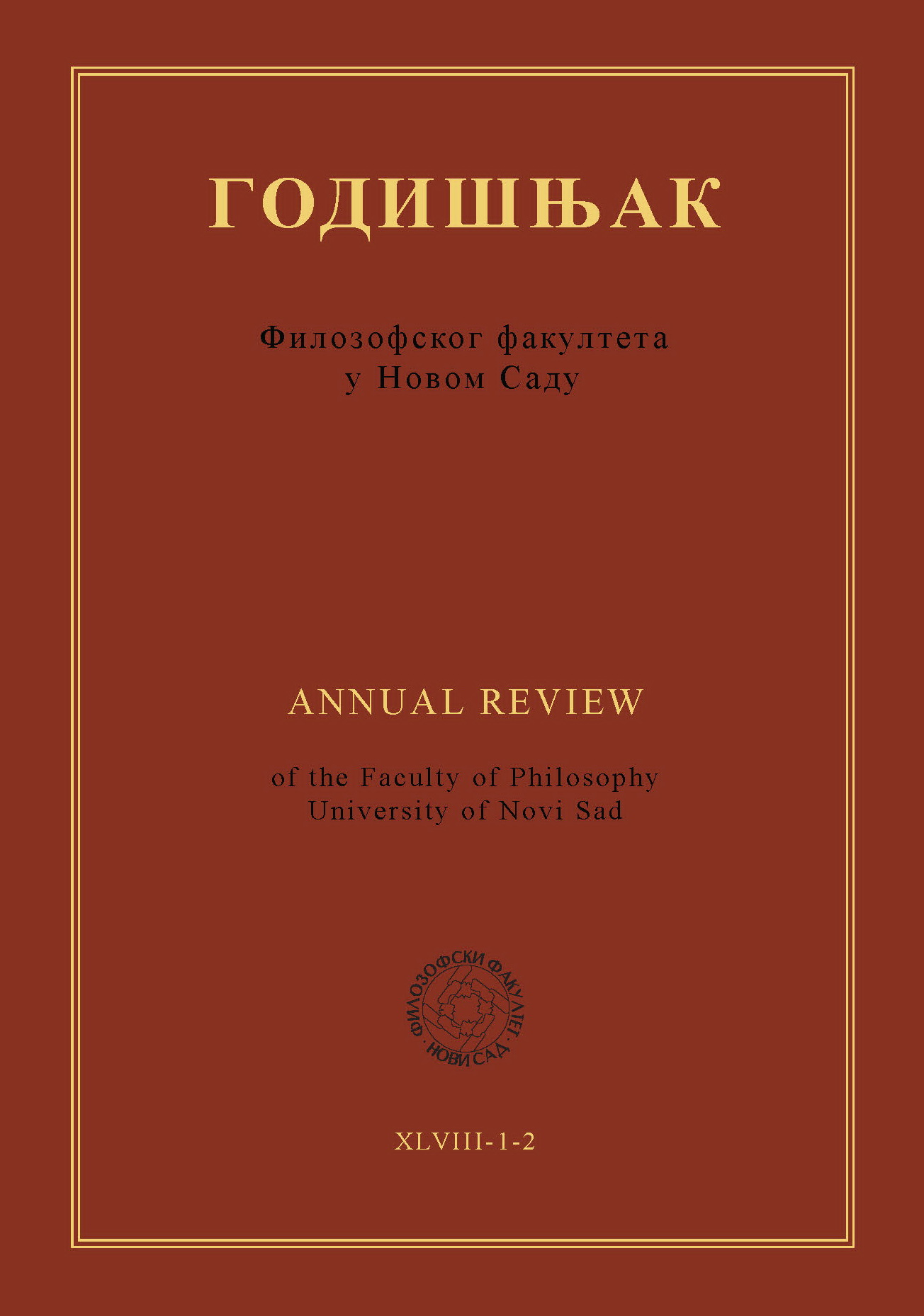ARTICULATING TRAUMA IN SHAUN TAN’S THE ARRIVAL
Main Article Content
Abstract
As a “trans” form of literature, according to Knowles, Peacock and Earle, the graphic novel offers a suitable medium for narrating transitional experiences. Shaun Tan’s The Arrival (2006) demonstrates this by telling a universal yet diverse story of migration and trauma, employing a dreamlike combination of realism and fantasy, and the immediacy of visual expression to represent precarious situations, states and emotions which are almost unrepresentable. A complex dialogue among images and pages, and the slow movement from panel to panel enable the reader to gradually understand the shifts inherent in migrant and traumatic experiences. As words would monopolise attention in Tan’s view and situate the narrative in a particular language, a conspicuous lack of words allows the narrative to communicate across cultures, simultaneously signalling the difficulty of verbally articulating trauma. Relying on studies of the graphic novel and trauma, this paper explores Tan’s narrative strategies for conveying trauma, and portraying migration as a shared and timeless experience. At the same time, the paper examines Tan’s promotion of cross-cultural and cross-species empathy and solidarity, thus avoiding what Stef Craps sees as one of the pitfalls of trauma theory.
Downloads
Article Details

This work is licensed under a Creative Commons Attribution-ShareAlike 4.0 International License.
References
Banerjee, B. (2016). Kinship between “companion species”: A posthuman refiguration of the immigrant condition in Shaun Tan’s The Arrival. Journal of Postcolonial Writing. Special issue: Trans/forming literature: graphic novels, migration and postcolonial identity, 52 (4), 399–414. DOI: https://doi.org/10.1080/17449855.2016.1228264
Bond, L.–Craps, S. (2020). Trauma. London and New York: Routledge. DOI: https://doi.org/10.4324/9780203383063
Braidotti, R. (2013). The Posthuman. Cambridge: Polity.
Craps, S. (2013). Postcolonial Witnessing: Trauma Out of Bounds. Houndmills: Palgrave Macmillan. DOI: https://doi.org/10.1057/9781137292117
Chaney, M. (2011). Introduction. In: Chaney, M. (ed.) (2011). Graphic Subjects: Critical Essays on Autobiography and Graphic Novels. Madison: The University of Wisconsin Press. 3–9.
Earle, H. (2016). Strange migrations: An essay/interview with Shaun Tan. Journal of Postcolonial Writing. Special issue: Trans/forming literature: graphic novels, migration and postcolonial identity, 52 (4), 385–398. DOI: https://doi.org/10.1080/17449855.2016.1219139
Hatfield, C. (2005). Alternative Comics: An Emerging Literature. Jackson: University Press of Mississippi.
Knowles, S. (2015). The Postcolonial Graphic Novel and Trauma: From Maus to Malta. In: Ward, A. (ed.) (2015). Postcolonial Traumas: Memory, Narrative, Resistance. Houndmills: Palgrave Macmillan. 83–96. DOI: https://doi.org/10.1057/9781137526434_6
Knowles, S.–Peacock, J.–Earle, H. (2016). Introduction: Trans/formation and the graphic novel. Journal of Postcolonial Writing. Special issue: Trans/forming literature: graphic novels, migration and postcolonial identity, 52 (4), 378–384. DOI: https://doi.org/10.1080/17449855.2016.1228513
McCulloch, Fiona. (2012). Cosmopolitanism in Contemporary British Fiction: Imagined Identities. Houndmills: Palgrave Macmillan. DOI: https://doi.org/10.1057/9781137030016
Meyer, C. (2013). Un/Taming the Beast, or Graphic Novels (Re)Considered. In Stein, D. and Thon, J.N. (eds.) (2013). From Comic Strips to Graphic Novels. Contributions to the Theory and History of Graphic Narrative. Berlin/Boston: De Gruyter. 271–300. DOI: https://doi.org/10.1515/9783110282023.271
Romero-Jódar, A. (2017). The Trauma Graphic Novel. New York and London: Routledge. DOI: https://doi.org/10.4324/9781315296616
Rushdie, S. (1995). Shame. London: Vintage.
Schmitz-Emans, M. (2013). Graphic Narrative as World Literature. In: Stein, D. and Thon, J.N. (eds.) (2013). From Comic Strips to Graphic Novels. Contributions to the Theory and History of Graphic Narrative. Berlin/Boston: De Gruyter. 385–406. DOI: https://doi.org/10.1515/9783110282023.385
Tan, S. (2006). The Arrival. Singapore: Arthur A. Levine Books.
Viljoen, J.M. (2021). War Comics: A Postcolonial Perspective. New York and London: Routledge. DOI: https://doi.org/10.4324/9781003081364




